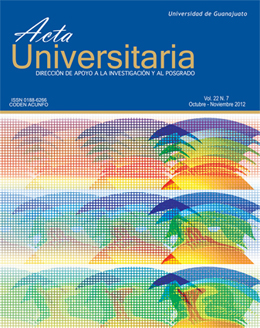Life cycle analysis of biodiesel production from flesh from the tannery industry
Published 2012-11-14
Keywords
How to Cite
Abstract
The tanning industry is a source of contamination by hazardous waste generation and special handling. One of these elements is the flesh, which help this study to determine if fleshing is able to add value to a source of employment and a reduction of pollution: production of biodiesel promises to be the sustainable alternative, economically and socially viable. The study was divided into 3 unit processes with a base of 1 kg of biodiesel: a) flesh collection, b) cooked and rendered, c) esterification and transesterification. The impact categories evaluated were the primary energy consumption and the potential nonrenewable emissions of greenhouse gases. As a result of this article, it is had that the tanning is a source of biodiesel economically and environmentally feasible for the least environmental impact occurred. With the availability of annual flesh (79 200 000 kg) can be reduced combustion emissions of CO2 from the air to 11 980 300 kg per year.

